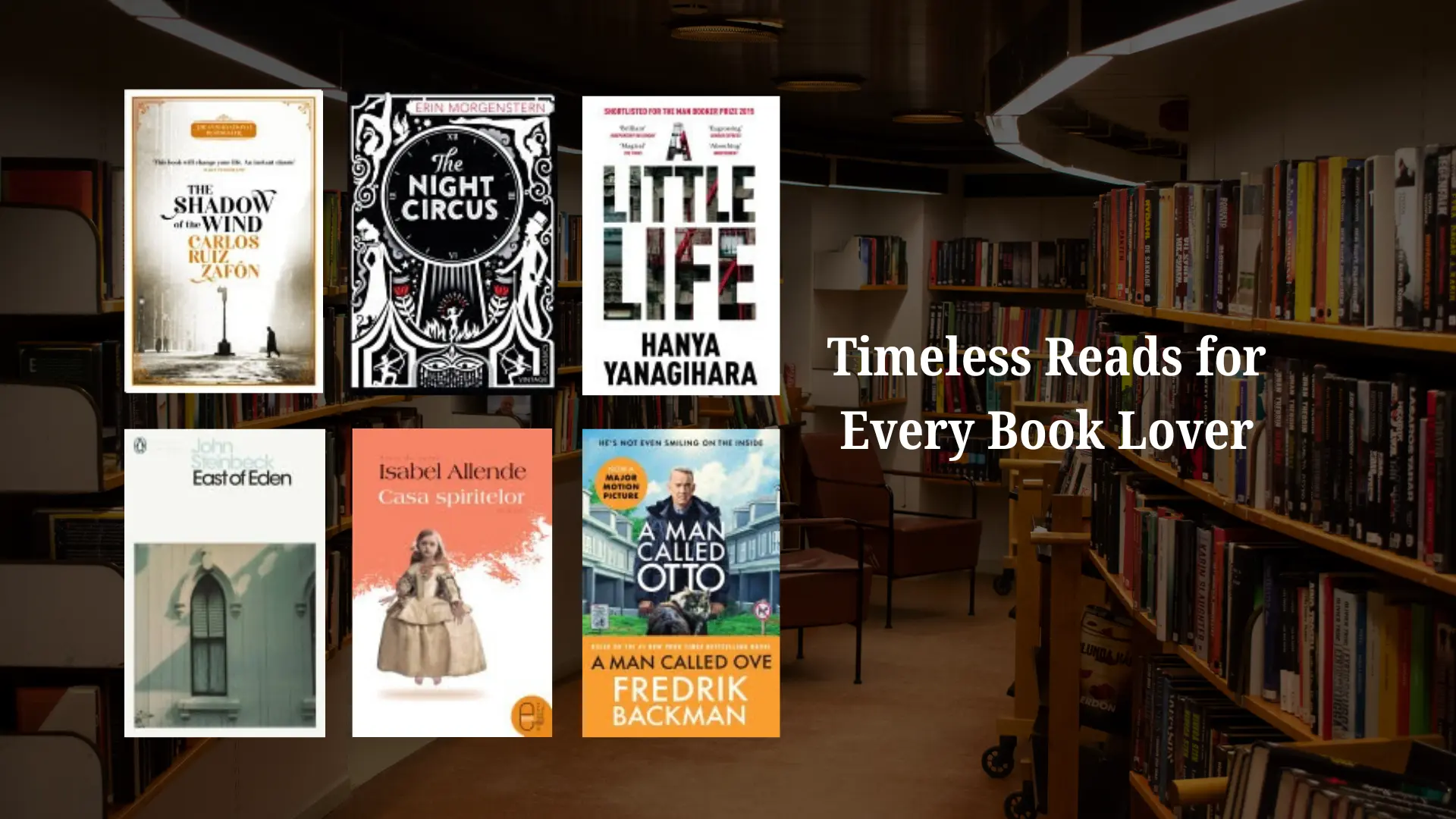Preservation, sustainability, growth: How Titan and Creative Dignity support crafts livelihood
In our second photo essay from the Bangalore International Centre, we showcase rural crafts and entrepreneurs along with founder insights.
Launched in 2014, PhotoSparks is a weekly feature from YourStory, with photographs that celebrate the spirit of creativity and innovation. In the earlier 840 posts, we featured an art festival, cartoon gallery. world music festival, telecom expo, millets fair, climate change expo, wildlife conference, startup festival, Diwali rangoli, and jazz festival.
The Bangalore International Centre (BIC) was recently host to an exhibition by Project Tarasha, a collaborative social initiative by Titan Company Limited and Creative Dignity. See our coverage of earlier exhibitions from the past five years at BIC here.

Project Tarasha (which means ‘sculptured’ in Sanskrit) aims to empower rural craftpreneurs to create sustainable craft businesses in modern markets. The BIC event also included a 90-minute performance by folk-rock band Swarathma, with compositions on social change and empowerment.
“The craft sector is gaining recognition for the unique value of handmade products. More people are seeking ecologically-friendly items that embody innate beauty and carry rich, meaningful stories behind their creation,” project lead Ritika Gandhi tells YourStory.
This growing demand has led several large brands to embrace this trend. “They are shaping their product offerings around the appeal of handmade excellence,” she says.

“The Tarasha craft exhibition serves as a platform to showcase the year-long efforts and creations of craft artists, supported by designers and mentors,” Sridhar NE, Chief Sustainability Officer at Titan, explains.
With a primary focus on building the capacity of craft entrepreneurs, the exhibition provides them an opportunity to connect with markets. “It also facilitates market feedback, invites B2B buyers, and fosters long-term market linkages for their growth and sustainability,” he adds.
The exhibition is a good opportunity to strengthen the network amongst peers. “This is not just an exhibition but a living, breathing entity that encapsulates India’s essence,” Sridhar affirms.

“Whether one is a seasoned buyer seeking authentic experiences or a curious soul eager to explore, the Tarasha craft exhibition promises an unforgettable journey through the heart and soul of India’s diverse art and craft,” he says.
There are many approaches to enhancing appreciation for such arts and crafts. “One key strategy is to create immersive experiences that engage people, particularly the youth,” Gandhi explains.
It is important to introduce school and college students to hands-on craft-making activities. “Such exposure can help them understand and value the effort, skill, and creativity involved in the craft process,” she says.

The exhibition was a showcase of much of the work that Project Tarasha has done in 2024-25 for artisan entrepreneurs. “For some of the rural artisans, it was the first time having the experience of exhibiting in an urban space,” observes Meera Goradia, Co-Chair of Creative Dignity.
The journey of artists, artisans, and crafts communities is full of ups and downs, twists and turns. “Resilience is deeply ingrained in the generations of craft artisans, who have continually preserved their traditions despite changing times and challenges,” Gandhi says.
“However, to ensure the sustainability and growth of their craft, there is a pressing need for more programmes that provide meaningful support and interventions. These initiatives should focus on enhancing their skills, introducing innovative techniques, and offering access to new markets,” she affirms.

Creating opportunities for artisans to develop and adapt their craft practices can empower them. “They can thus thrive while preserving their rich cultural heritage for future generations,” she says.
“For very early-stage entrepreneurs, there is a lot of vulnerability and hit and miss. That is where initiatives like Project Tarasha can make all the difference with the handholding at multiple levels of an entrepreneur's journey,” Goradia adds.
As trends in the arts and crafts space, she points to the rise of more contemporary design within the cultural ethos, authentic storytelling, and experience.

The organisers received good feedback and suggestions for future growth from the festival attendees. “The need to expand and diversify the approach to future showcases was highlighted,” Gandhi recalls.
Other suggestions included extending the duration of the exhibition and organising it across multiple cities to reach a wider audience and thus provide greater exposure for the artisans. “Exploring innovative formats can also enhance visitor engagement and create a more dynamic experience,” she adds.
Curating a broader variety of craftpreneurs for each exhibit is essential to minimise direct competition among them. “This allows each artisan to shine individually while presenting a more comprehensive representation of diverse crafts,” Gandhi describes.

Overall, these changes can foster better market opportunities and a richer experience. This applies to the artisans and attendees as well.
Another recommendation was more reach to the younger generation. It is key to promote handmade products that have become aspirational for them to use.
“There is search for connection. Now, more than ever before, we need to find the right language and products for enabling that,” Goradia adds.

She also offers tips and words of advice for those wanting to enter this crafts ecosystem. “You need patience, resilience and commitment to co-working with the artisans, senior designers, assistant designers, and field coordinators to synchcronise with the design direction set by the project team,” she suggests.
“Success in the crafts sector is not just one person's job. Therefore, building the understanding, communication and trust are vital,” Goradia signs off.
Now what have you done today to pause in your busy schedule and harness your creative side for a better world?















Swarathma
(All photographs were taken by Madanmohan Rao on location at BIC.)











